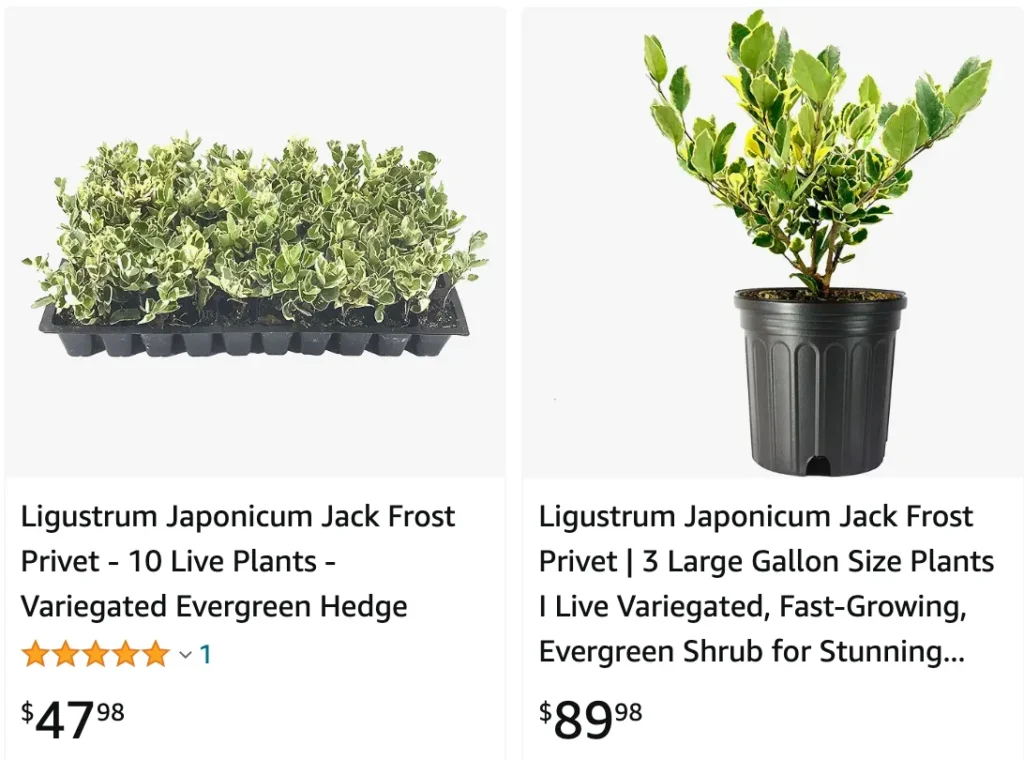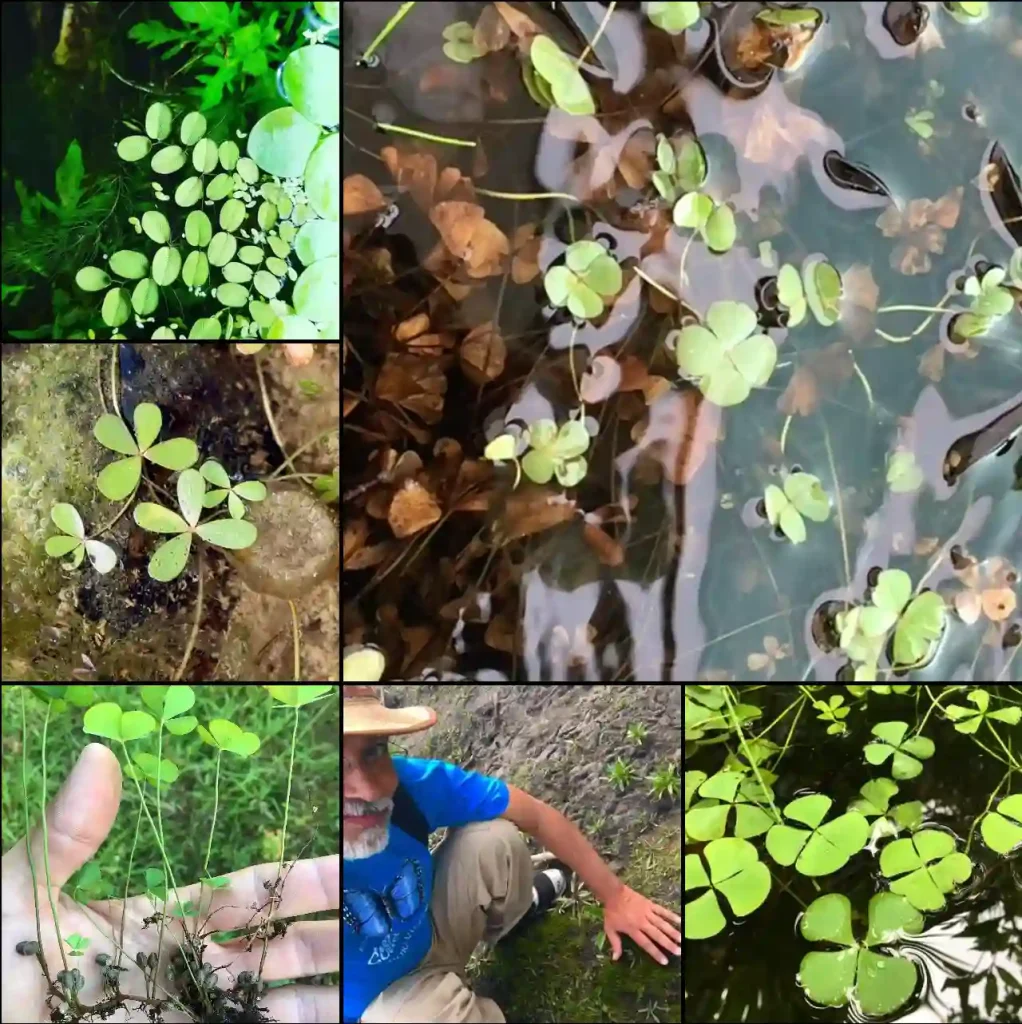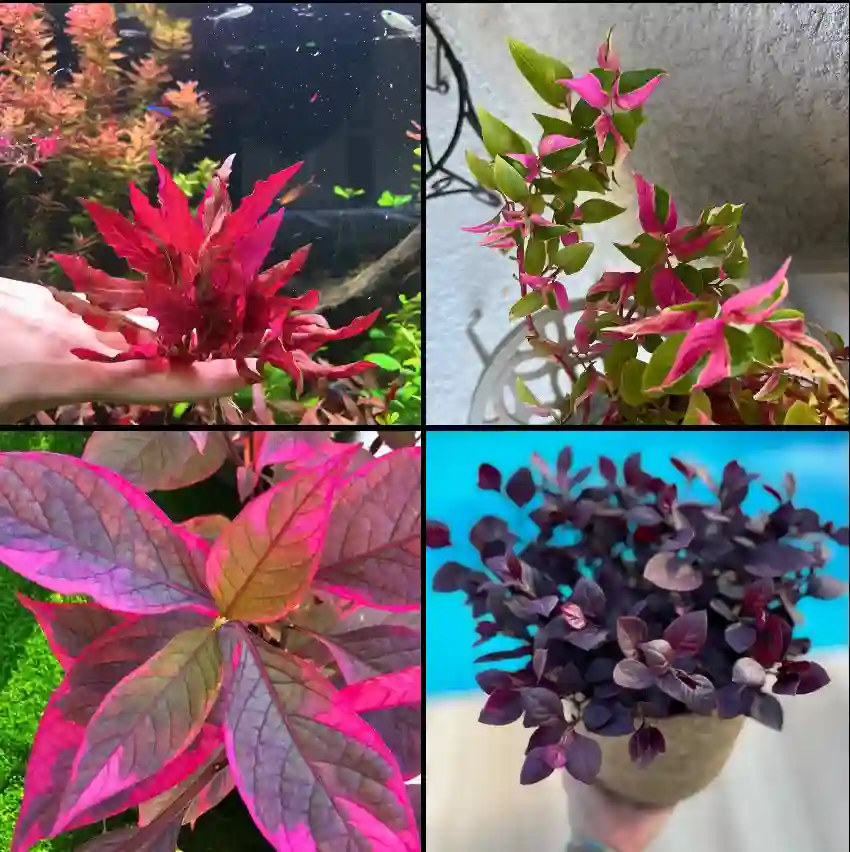
Jack Frost Ligustrum: A Variegated Beauty for Your Garden
For years, I’d been searching for a shrub that could add a touch of year-round interest to my garden. Something easy to care for, adaptable, and visually striking. Then, I stumbled upon the Jack Frost Ligustrum, and it was love at first sight. This variegated evergreen shrub, with its stunning cream and green foliage, has become a star player in my landscape.
Let me share my experience with this delightful plant and equip you with the knowledge to bring its charm into your own garden.
46 Species in Genus Ligustrum – Privet
When to Plant Jack Frost Ligustrum?
Timing is everything, especially when it comes to planting. The ideal window for planting Jack Frost Ligustrum depends on your climate. In warmer regions (USDA zones 7-10), aim for early spring or fall. This allows the plant to establish its roots before the harsh summer heat or winter chills.
For colder zones (USDA zones 6b-7), spring planting is preferable. This gives the Ligustrum enough time to grow before the ground freezes.
Choosing the Perfect Spot
Jack Frost Ligustrum thrives in full sun to partial shade. While it tolerates some shade, full sun exposure brings out the best in its variegation. Opt for a location with well-drained soil. Amending the planting hole with compost or organic matter will further enhance drainage and provide essential nutrients for healthy growth.
How to Care for Jack Frost Ligustrum?
The beauty of Jack Frost Ligustrum lies in its low-maintenance nature. Here’s what you need to know:
- Watering: Water regularly during the first year, especially during hot and dry spells. Once established, Jack Frost Ligustrum becomes quite drought tolerant.
- Fertilizing: A balanced fertilizer applied in early spring can give your Ligustrum a boost. However, it’s not strictly necessary for healthy growth.
- Mulching: Apply a layer of mulch around the base of the plant to retain moisture, suppress weeds, and regulate soil temperature.
How to Trim Jack Frost Ligustrum?
Jack Frost Ligustrum naturally grows into a full and upright shrub. However, it responds well to pruning, making it ideal for hedges. The best time to prune is in late winter or early spring, before new growth emerges.
Here’s a quick guide:
- Use sharp and sterilized pruning shears.
- Start by removing any dead, diseased, or damaged branches.
- To maintain a desired size or shape, simply trim off the outer edges of the shrub.
- Aim for a slightly rounded top to encourage bushier growth.
Remember, you can always prune more conservatively and adjust as needed.
Is Jack Frost Ligustrum Deer Resistant?
Unfortunately, Jack Frost Ligustrum is not deer resistant. These beautiful shrubs can be a tasty snack for hungry deer. If deer are a common problem in your area, planting Jack Frost Ligustrum in a fenced-in area or using deer repellents might be necessary.
What to Plant with Jack Frost Ligustrum?
The variegated foliage of Jack Frost Ligustrum pairs beautifully with a variety of plants. Here are some ideas:
- Spring-flowering bulbs: Plant daffodils, tulips, or crocuses at the base of the Ligustrum for a burst of color in early spring.
- Evergreen shrubs: Combine Jack Frost Ligustrum with green shrubs like Azaleas or Boxwoods for a textural contrast.
- Flowering perennials: Colorful perennials like Lavender, Coneflowers, or Daylilies can add a touch of vibrancy to your Ligustrum bed.
Beyond the Basics: Additional Tips for Success
- Jack Frost Ligustrum is relatively pest and disease resistant. However, keep an eye out for common garden pests like aphids or scales.
- This shrub can be propagated through stem cuttings. Take cuttings in late summer or early fall and plant them in a pot with well-draining soil.
- Jack Frost Ligustrum is generally non-toxic to humans and pets. However, it’s always best to supervise young children and pets around any plant.
With its stunning foliage, ease of care, and adaptability, Jack Frost Ligustrum is a versatile shrub that can add a touch of year-round interest to any garden. So, if you’re looking for a low-maintenance beauty to enhance your landscape, give this captivating shrub a try!
If i die, water my plants!



